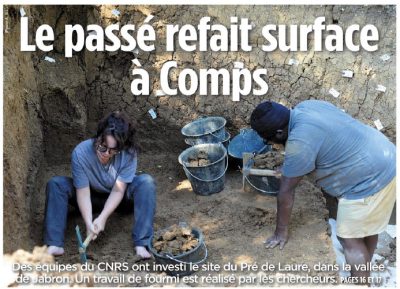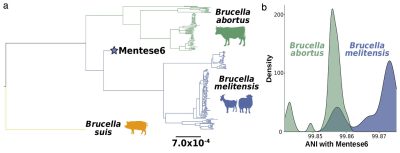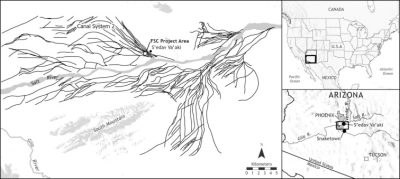Source : https://doi.org/10.1016/j.quaint.2022.08.012
After decades of debate, the homeland of the First Americans is now generally understood to be northeast Asia; however, the process of Late Pleistocene peopling remains unresolved. As more archaeological sites south of the continental ice sheets are discovered that predate the opening of the interior “ice-free” corridor, interest in a coastal Pacific dispersal route has grown, and previously overlooked regions proximal to the Pacific coast have become a central focus of exploration efforts. The Copper River basin of southern Alaska is one such region. Here we present the results of 2019 archaeological excavations at Nataeł Na’, a buried and stratified archaeological site situated along the upper Copper River. The site contains a robust occupation dating to the late Younger Dryas climate reversal as well as an earlier occupation dating to the late Allerød interstadial. This discovery demonstrates that Pleistocene hunter-gatherers inhabited the Pacific basin of southern Alaska during the same time Clovis peoples inhabited temperate North America. The occupations at Nataeł Na’ join a growing body of evidence suggesting that the early inhabitants of eastern Beringia were geographically more widely dispersed than previously documented.




